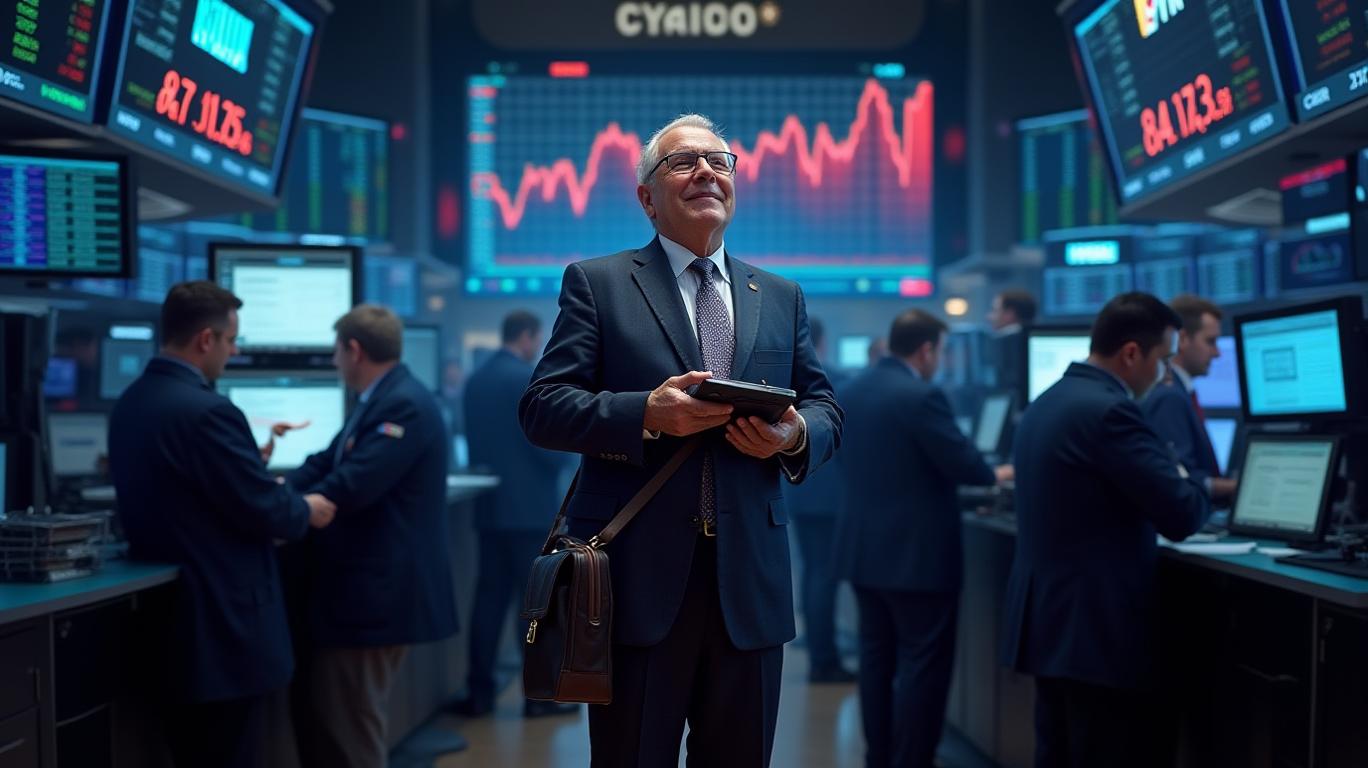CME Group Reports Record Q1 2025 Earnings Amid Global Volatility
CME Group (CME), the world’s leading derivatives marketplace, delivered a blockbuster first quarter of 2025, setting new benchmarks for revenue, profitability, and operational resilience. With global markets buffeted by geopolitical tensions, trade disputes, and record debt levels, CME’s role as a critical risk-management provider has never been more vital. Here’s what investors need to know.

Financial Highlights: A New Era of Growth
CME’s Q1 results were nothing short of historic:
- Revenue hit $1.6 billion, a 10% year-over-year (YoY) increase and the first time quarterly revenue surpassed $1.6 billion.
- Adjusted net income surged to $1.0 billion, up 12% YoY, while adjusted diluted EPS reached $2.80, a 12% rise.
- Operating margin expanded to 71.1%, up from 68.9% in Q1 2024, reflecting robust cost discipline.
The growth was fueled by record average daily volume (ADV) across all six asset classes—interest rates, equities, commodities, foreign exchange, energy, and metals. ADV rose 13% YoY to 29.8 million contracts, with commodities up 19% and financial products up 12%.
Operational Resilience Under Extreme Stress
April’s market volatility—a product of geopolitical risks and macroeconomic uncertainty—tested CME’s systems like never before. The company handled:
- A record $32 billion in single-day mark-to-market settlements, a 45% increase over the prior high.
- Over 13 billion order messages in one week, demonstrating scalability during peak demand.
CEO Terry Duffy emphasized that CME’s systems “operated as designed,” ensuring seamless risk management even as margin requirements were raised to safeguard collateral adequacy.
Strategic Moves to Capitalize on Demand
CME is not resting on its laurels. Key initiatives include:
1. BrokerTec Chicago: A new central limit order book for cash U.S. Treasuries, co-located with futures markets to enhance liquidity.
2. FX Spot Plus: A platform linking spot FX and futures markets, broadening access to liquidity.
3. OSTRA JV Sale: The planned $3.1 billion divestiture of its 50% stake in the post-trade services joint venture with S&P Global, which could unlock capital for shareholder returns.
Retail and International Growth: The New Frontier
- Micro products (e.g., micro equities, metals) drove a 13% ADV increase, with total ADV hitting $3.8 billion.
- New client acquisitions jumped 44% YoY to 83,000, fueled by partnerships with platforms like Robinhood.
- International ADV rose 19% YoY to 8.8 million contracts, with EMEA and APAC regions seeing double-digit growth across all asset classes.
Risks and Challenges Ahead
While CME’s fundamentals are strong, risks remain:
- Margin Pressures: Rising tech costs (e.g., cloud migration) and professional fees could strain margins.
- Regulatory Uncertainty: Changes in global regulations, particularly in key markets like APAC, pose a threat.
- Valuation Concerns: CME’s P/E ratio of 27.28 and PEG ratio of 2.97 suggest it’s trading at a premium, which may deter short-term investors.
Conclusion: A Leader in Turbulent Markets
CME Group’s Q1 results underscore its dominance as a risk-management powerhouse. With record volumes, expanding retail and international footprints, and strategic product launches, the company is well-positioned to capitalize on ongoing market volatility.
However, investors must weigh these positives against near-term risks like margin pressures and valuation. The $3.1 billion OSTRA JV sale could provide flexibility for shareholder-friendly moves, but execution matters.
The numbers speak for themselves: $1.6 billion in revenue, $2.80 in EPS, and 29.8 million ADV all point to a business thriving in uncertainty. If CME can navigate tech costs and regulatory hurdles, its “too big to fail” status in derivatives trading could sustain this momentum for years.
In short, CME remains a top-tier play in financial services—provided investors are willing to pay a premium for stability in unstable times.

_b905d9341749265671656.jpg)








